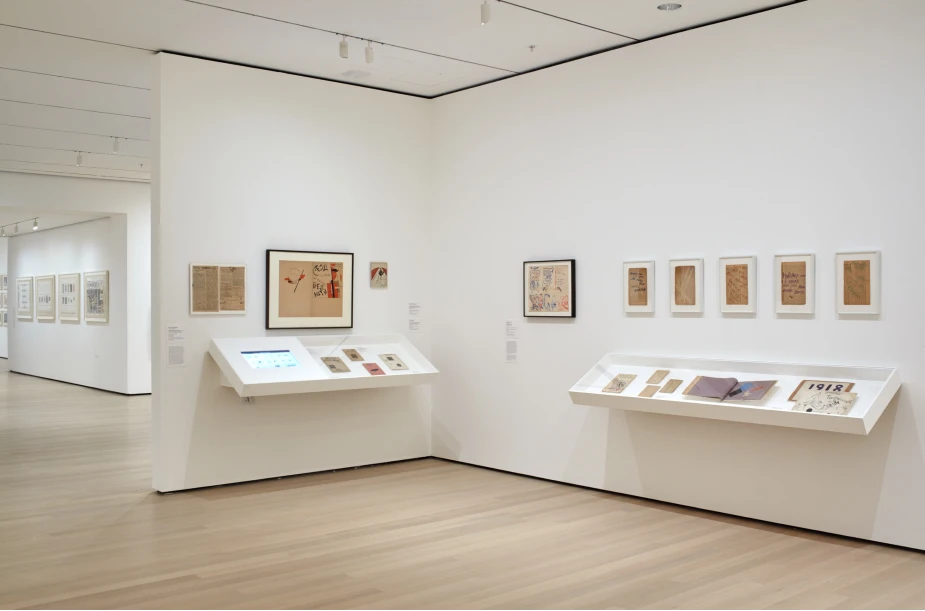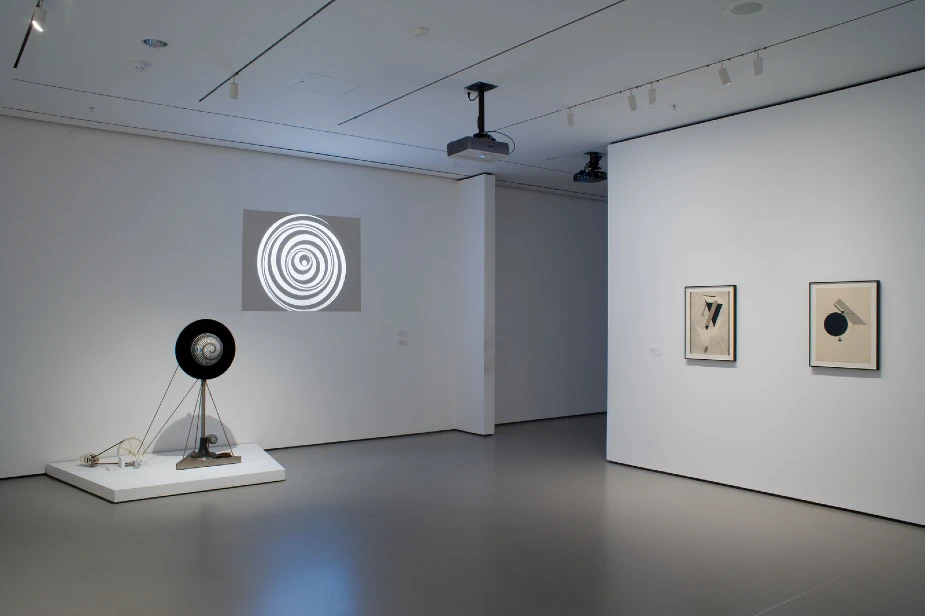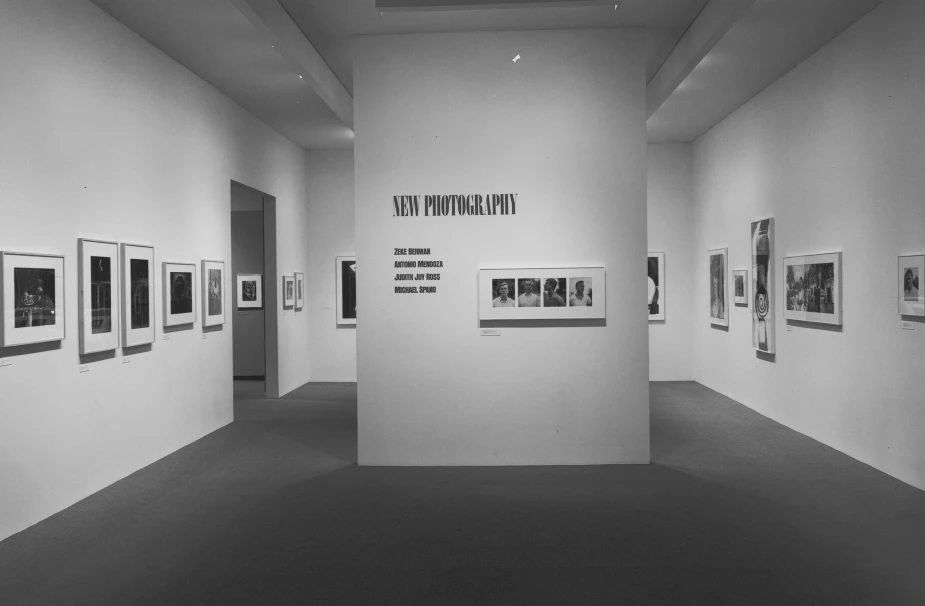The Museum of Modern Art or MoMA, is one of the biggest and most important museums.
MoMA has six curatorial departments, each responsible for developing, maintaining, and showcasing a particular field.
MoMA’s departments include Architecture and Design, Drawings and Prints, Film, Media and Performance, Painting and Sculpture, and Photography.
With the help of this extensive guide, learn more about the Museum of Modern Arts NYC Department.
Department of Architecture and Design

In 1932, the Museum of Modern Art inaugurated its first-ever curatorial branch devoted to the history of architecture and design.
Since the collection was established, “synthesis” has been a core principle, as it was based on the idea that design and architecture are connected and interdependent arts.
The Museum has 28,000 artifacts in its extensive collection of architecture and design.
The collection includes large-scale design artifacts, works on paper, architectural models, and significant figures and trends from the middle of the 19th century to the present.
Collection
The collection starts with the reform ideology of the Arts & Crafts movement and continues with important movements of the twentieth century and contemporary issues.
The architecture collection includes the Mies van der Rohe Archive, which documents buildings using photographs, sketches, and models.
The design collection includes thousands of objects, including appliances, furniture, dinnerware, sports cars, textiles, tools, and even a helicopter.
The graphic design collection features prominent illustrations of typography, posters, and other text-image pairings.
Exhibition
The third floor of the Philip Johnson Architecture and Design Galleries is where the architecture and design exhibit is located.
On the second floor, you can also visit the Department for Architecture and Design Research and Theory.
In the museum’s modern sculpture garden sections, the collection also occasionally hosts pop-up exhibitions.
The Philip Johnson galleries always have between 150 and 200 pieces from their collection on show in many concurrent displays.
The exhibits at the architectural and design galleries are rotated every six to nine months.
Department of Drawing and Prints

Formally established in the 1940s by art historian William S. Lieberman, this department stores the best drawings and prints.
In the late 19th and early 20th centuries, the museum made headway by acquiring drawings by Matisse and Picasso.
The collection significantly expanded in 1968 due to the contributions of Lousie and Walter Arensber, Saidie A and drawings from the JDR 3rd Fund.
Today, the Department of Drawing and Prints in MoMA contains over 24,000 drawings, 300,000 prints and 5,800 photographically illustrated books.
A few of the highlights of this department are:
- Cast paperwork by Edgar Degas,
- Vibrant watercolors from Henri Matisse
- Abstraction from Russian artist Wassily Kandinsky
- Edward Hopper’s preparatory sketches
- Silkscreens by Robert Rauschenberg and Andy Warhol
- Contemporary pieces by Kara Walker, William Kentridge, Julie Mehretu, Cecily Brown, and Sophie Calle
Exhibition
The Department of Drawings and Prints is home to a number of distinct collections:
- Judith Rothschild Foundation Collection of Russian Books (roughly 1,000 works, acquired 2001–02)
- the Judith Rothschild Foundation Collection of Contemporary Drawings (roughly 2,600 works, acquired 2005)
- The Gilbert and Lila Silverman Fluxus Collection (roughly 5,000 works, acquired 2008)
- and the Louise Bourgeois print archive (roughly 5,000 works, acquired continuously since 1993).
Department of Film

Initially established as the Film Library in 1935, this department currently boasts a collection of over 30,000 films and 1.5 million film stills.
It is the US’s most comprehensive international film library, covering all time periods and genres.
The assets include original negatives from the Edison and Biograph businesses and the greatest collection of D. W. Griffith films in the world.
The Celeste Bartos Film Preservation Center, a cutting-edge establishment that opened in June 1996, houses the Museum’s film collection.
Exhibitions
MoMA’s film department has one of the best collections covering the whole history of cinema today, thanks to decades of deliberate gathering.
Several significant works reflect almost every significant cinematic movement, genre, director, and historical turning point.
- Early & Silent Film
- German Expressionism
- Soviet Montage
- French Cinema
- Hollywood Classics
- International Classics
- Avant-Garde
- Animation
- Contemporary Auteurs
- Challenging Works
Department of Media and Performance

The MoMA has a dedicated Department of Media and Performance that collects, exhibits and preserves time-based art forms.
This includes moving images, film installations, video, performance, and motion and sound-based works.
The department’s extensive collection includes over 30,000 works by influential artists like Marina Abramović, Bruce Nauman, Nam June Paik, and many others.
It organizes exhibitions and public programs such as lectures and film screenings and provides educational resources such as online courses, workshops, and programs.
Some notable recent exhibitions include Marina Abramović: The Artist is Present, Nam June Paik: A Retrospective X, and Pipilotti Rist: Ever is Over All.
The department is housed in the Lewis B. and Dorothy Cullman Education and Research Building.
This building also features the Media and Performance Study Center, where selected collection materials can be accessed by appointment.
Exhibitions
The vast collection of time-based art held by MoMA’s Department of Media and Performance includes
- Moving images
- Film installations
- Video
- Performance
- Sound and motion-based pieces
Department of Painting and Sculptures

Through its Department of Painting and Sculpture, MoMA houses one of the world’s most extensive and influential collections of modern art.
Established in 1929, the collection focuses on late 19th and early 20th-century European works and has grown to over 150,000.
It encompasses iconic paintings and sculptures from movements such as Post-Impressionism, Fauvism, Cubism, Surrealism, Pop Art, and more.
Masterpieces include Van Gogh’s Starry Night, Picasso’s Les Demoiselles d’Avignon, Warhol’s Campbell’s Soup Cans, and Pollock’s Number 31.
The collection is organized chronologically, nationally, and thematically, with dedicated galleries for Latin American, Eastern European, and Asian art.
MoMA actively hosts temporary exhibitions examining modern art from various perspectives.
The recent David Geffen Wing and Cullman Education Building expansion added gallery spaces and the Starr Learning Center to facilitate educational programs and hands-on engagement with the collection.
Collection
The collection is divided into sections based on chronology, country, and theme:
- 19th and Early 20th Century Art
- Early Modernist Art
- Mid-Century Art
- Late Modernist Art
- Contemporary Art
- Photography
- Prints and Illustrated Books
- Architecture and Design
- A Worldwide View
Contents
Department of Photography

Since its founding in 1930, the Museum of Modern Art has amassed one of the world’s largest collections of modern and contemporary photography.
It has over 35,000 pieces in its Department of Photography’s holdings.
Its collection, which spans early daguerreotypes to the newest pieces by up-and-coming artists, is as varied as photography itself.
It includes pieces by journalists, scientists, businesspeople, and amateurs as well as artists.
The Department of Photography promotes diversity and focuses on transcultural perspectives when studying the histories of modern and contemporary art.
The Forum on Contemporary Photography and other annual special events are part of the Department of Photography’s diverse curriculum.
